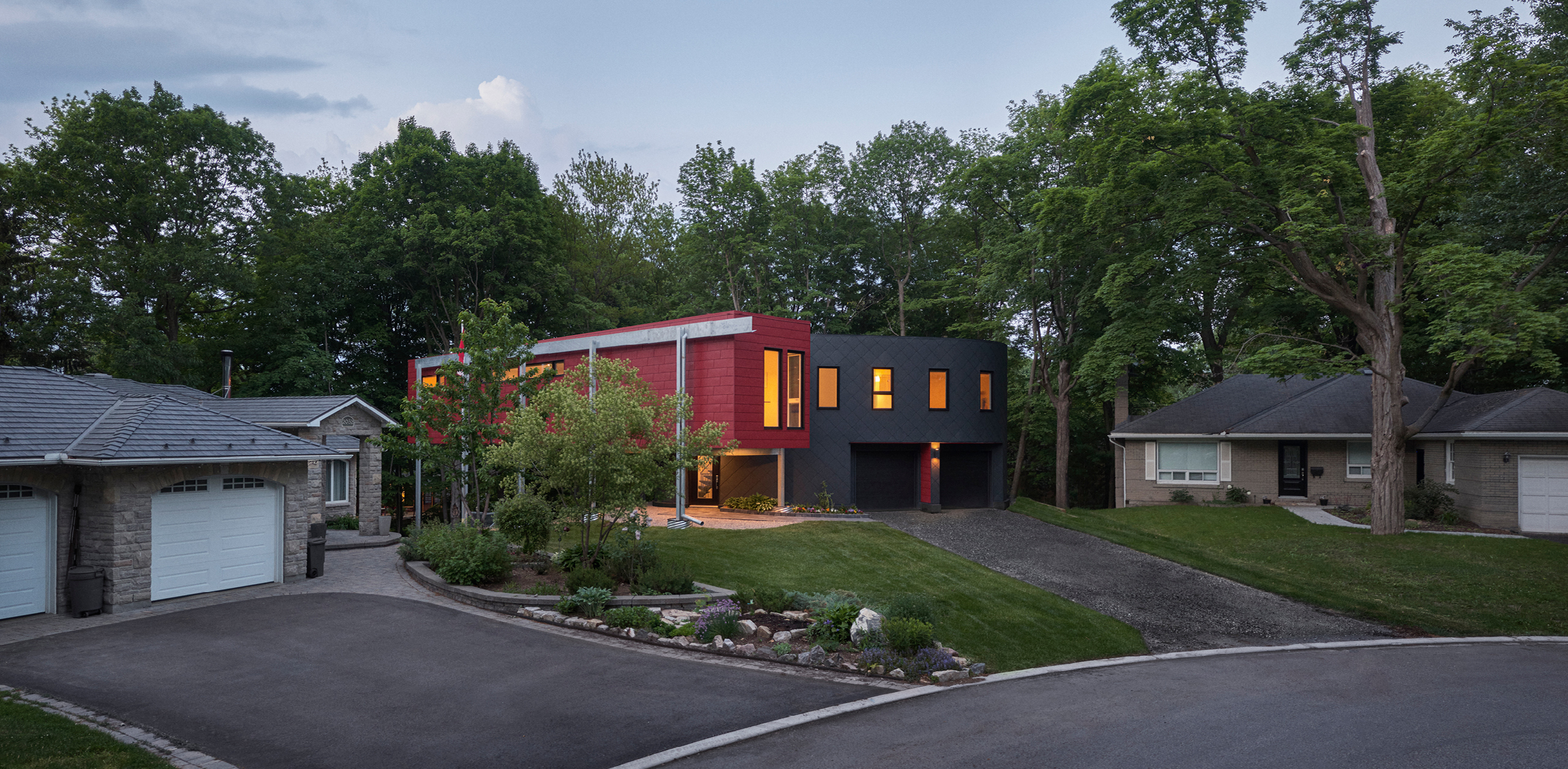We’re delighted to introduce a NEW Best Firm Category to the 11th Annual A+Awards: Best X-Small Firm. Firms employing 1-5 staff are invited to throw their hats in the ring:
Google “small architecture firm,” and your top hits will be articles aimed at young designers on the job market who are weighing the pros and cons of working for boutique studios versus large firms. While these articles offer many insights into the differences in office environments and task types that a young designer can expect, they also reflect wider societal stereotypes about the output of small businesses and larger companies.
In the architecture industry, this also means perpetuating predominant assumptions that big firms are better suited for some project types, like large-scale cultural projects and masterplans, and smaller firms for others, such as modest private homes and residential renovations or additions. The danger in such generalizations is that they also reinforce typological hierarchies in the industry (i.e., cultural projects are more highly valued than smaller-scale adaptive reuse, especially when it comes to architectural awards).
Yet, the view of small firms that I see from my desk as an editor at Architizer tells a different and much more nuanced story. If I asked you to describe the portfolio of a firm with five or fewer employees, what types of projects would you envision?

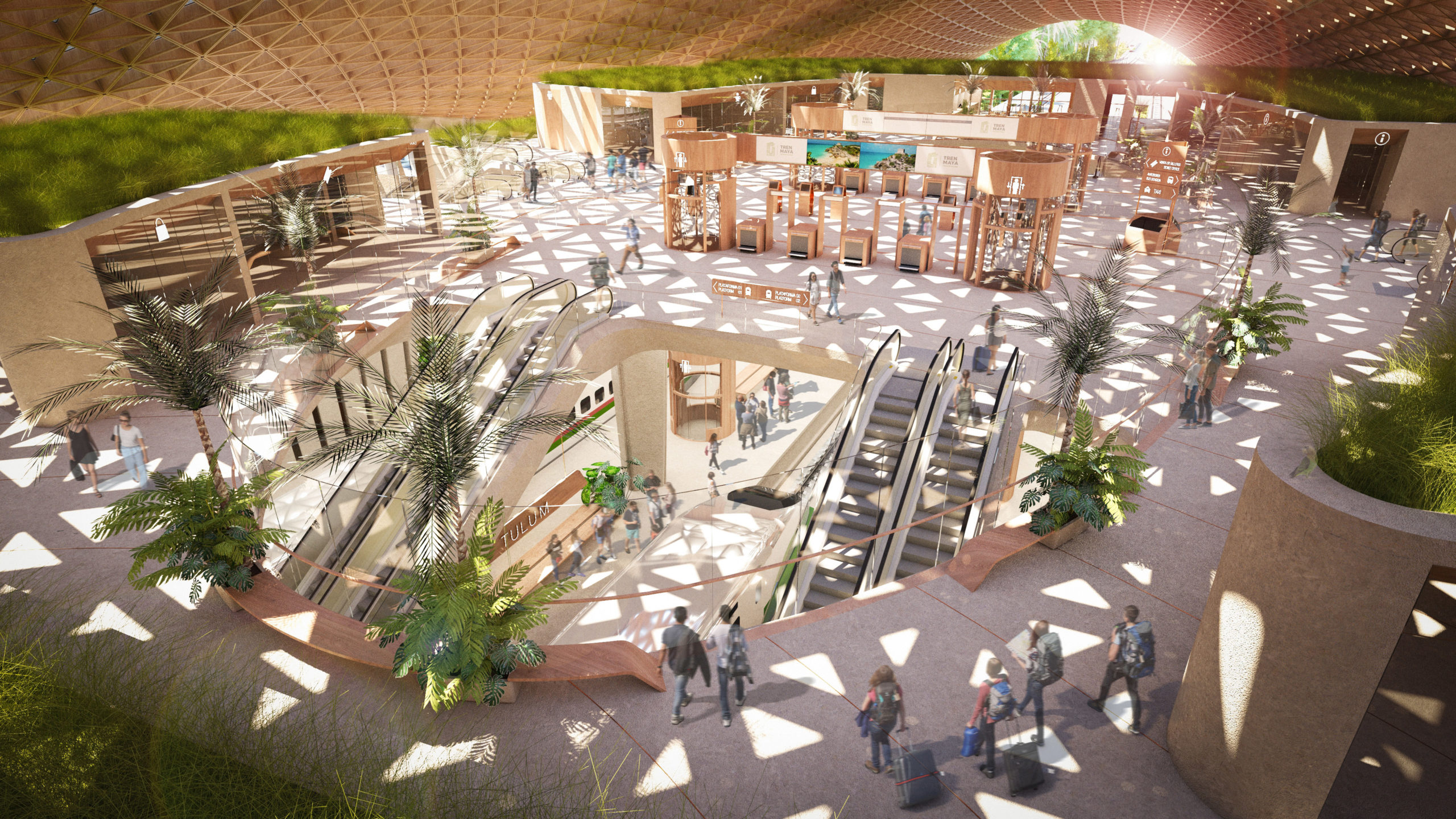
Tulum Train Station by AIDIA STUDIO, Tulum, Mexico | Popular Choice Winner, 10th Annual A+Awards, Unbuilt Transportation
Large firms are overwhelmingly associated with big business and, correspondingly, the scale and diversity of their output seems to be a given. Since firms with more that fifty employees typically bring in more revenue and a larger profit, the story goes that they can offer higher salaries and invest more in technical resources. By extension, these firms offer a more sophisticated work environment — including the most up-to-date computers, the best design and modeling software, materials libraries, laser cutters and 3D printers, VR technology, etc.. — and it is therefore assumed that they output more complicated and advanced projects.
Following this logic, those young architects who are willing to take a salary cut, these pro-con articles suggest, will do so in exchange for the opportunity to have a more holistic project experience and to work within a more nurturing office environment. While these comparisons may be the reality in many small firms, these are certainly not alway the case. Moreover, such generalizations are bound to concomitant assumption that that budgets, technical resources and the types of commissions that small firms take on are proportionally less ambitious than those of big firms. (To be clear, smaller-budget and smaller-scale commissions are equally deserving of international recognition via awards.)
Who says small firms can’t tackle big projects? The A+Awards-winning firm, AIDIA STUDIO, founded by Rolando Rodriguez-Leal and Natalia Wrzaskn, prove that these assumptions simply are not true across the board. The firm, which has just five employees including the two founders, has had a high level of international success, with upcoming projects ranging from museums to large-scale infrastructure around the world. According to Rolando, “… it’s critical to have complementing skills, while I am more of a ‘big picture mentality,’ Natalia is super detail oriented; we tend to meet in the middle, our team complements us rather than replicate our skills.” Impressively, the firm can boast that all visualizations are done in-house.
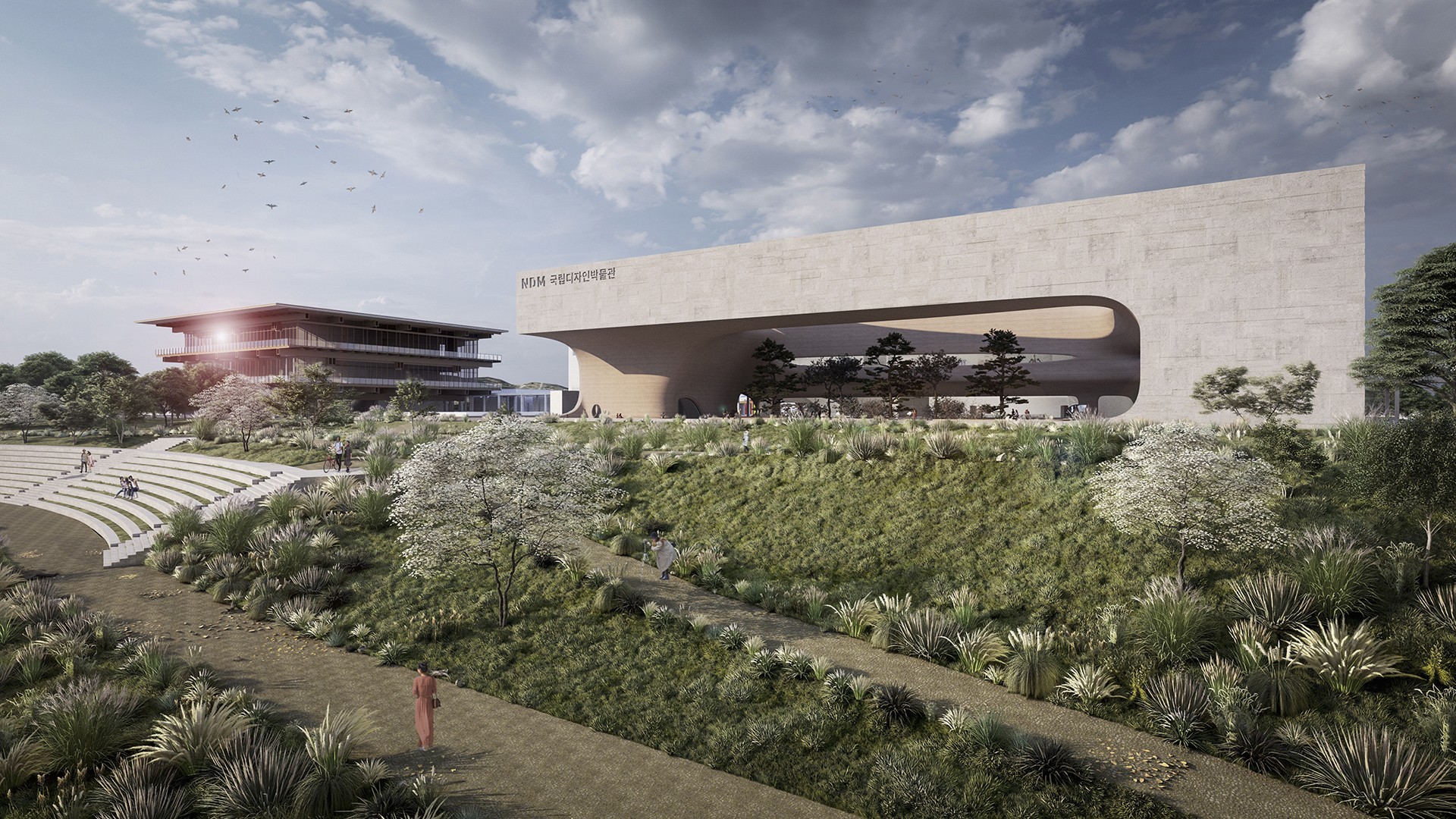
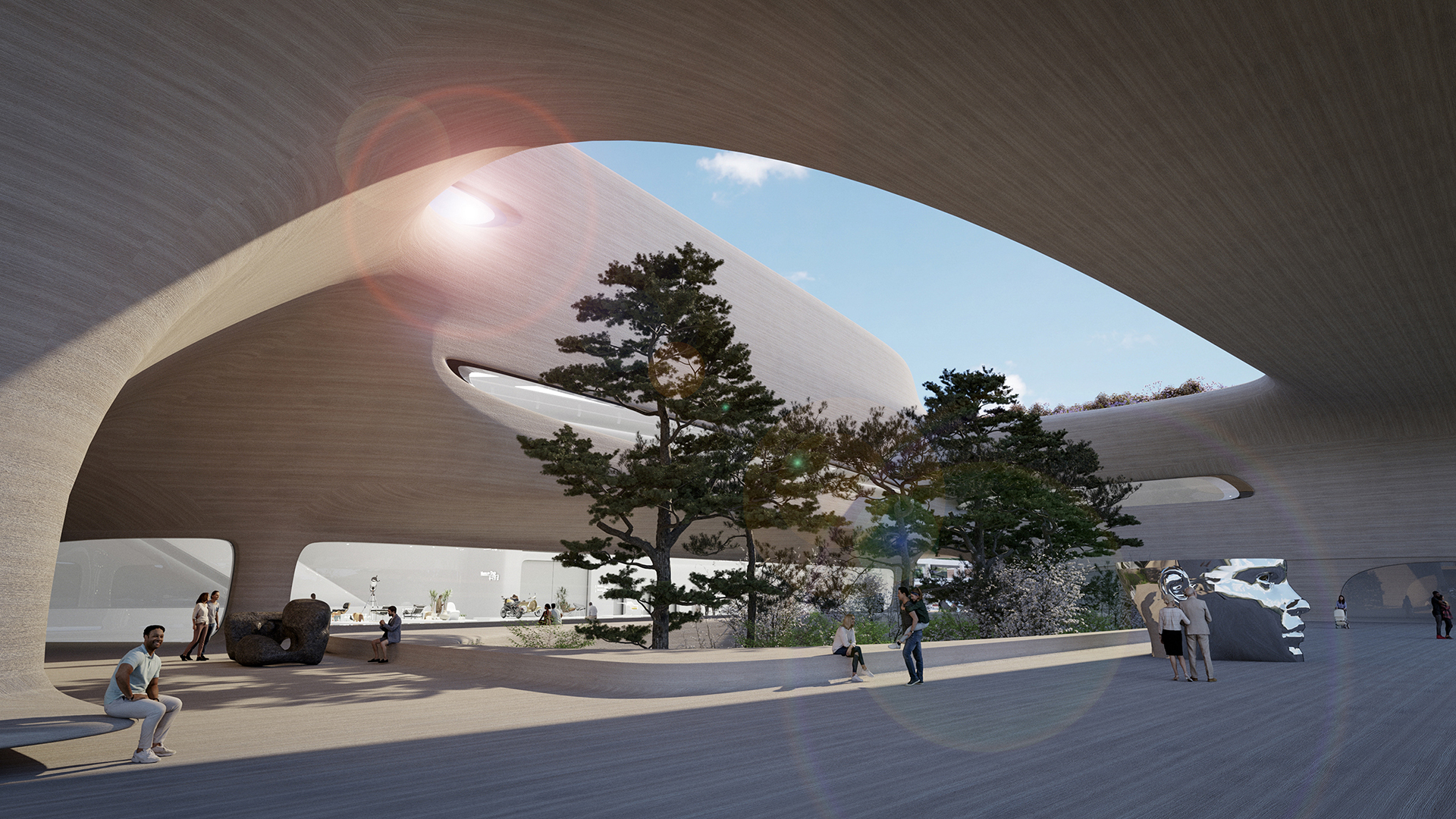
Sejong National Design Museum by AIDIA STUDIO, South Korea (planned for construction)
As for tech, a scroll through AIDIA’s portfolio makes it clear that parametric design and BIM play an important role in their design process. The founding partners “met at Foster and Partners in 2005 and also worked also for Zaha Hadid and Jean Nouvel up until 2017,” Rolando explains. “Perhaps because of our experience we are much more comfortable with large scale projects but we are equally as passionate for any typology. Technology (parametric design and BIM) allows us to be efficient as we are able to iterate design options faster and to speed up delivery of DD and CD stages.” While AIDIA’s story may not stand in for all small firms, it directly counters the routines generalizations that I’ve outlined above.
To be clear, conversations about firm size and misconceptions about what firms of different sizes do matter. Architecture is an industry dominated by small businesses: an estimated 60% of all AIA member-owned firms have less than five employees. Of this considerable chunk, a whopping 27% are run by a single individual! Meanwhile, just 6% have more than fifty individuals on the payroll. Yet, these large firms take up a disproportionate space in architectural media coverage. When asked to name five architectural firms, the general public would likely tend to have big firm names come to mind for at least 4 of the 5.
AIA data also tells us that smaller firms are more likely to be single discipline, especially specializing in residential work, as well as renovations and additions. Larger firms, meanwhile, take in more earnings from multifamily projects. Yet, the sheer number of small firms alone means that even if just a fraction of that 60% are specializing in other typologies, such as transportation, cultural or social housing, we’re looking at a considerable chunk of firms relative to the total population.
Indeed, small firms don’t necessarily work on small projects, but even when they do, the brief can be extremely high budget, requiring innovative solutions, closer attention to fine details and a more refined material selection. As many of the pro-con articles point out, since small firms don’t have a marketing team picking their projects for them, the architects are able to pick and choose commissions according to their own set of criteria. This level of control allows the firm to hone their craft, often allowing them to carve out a niche in the industry — whether in typology, design approach or both. When it comes to going toe-to-toe with larger firms for bigger projects, this expertise may help balance any incongruence in resources. Indeed, high levels of specialization often create fertile grounds for creativity and innovation; as masters rather than generalists, an extra-small firm may be better suited to push the bounds of convention.
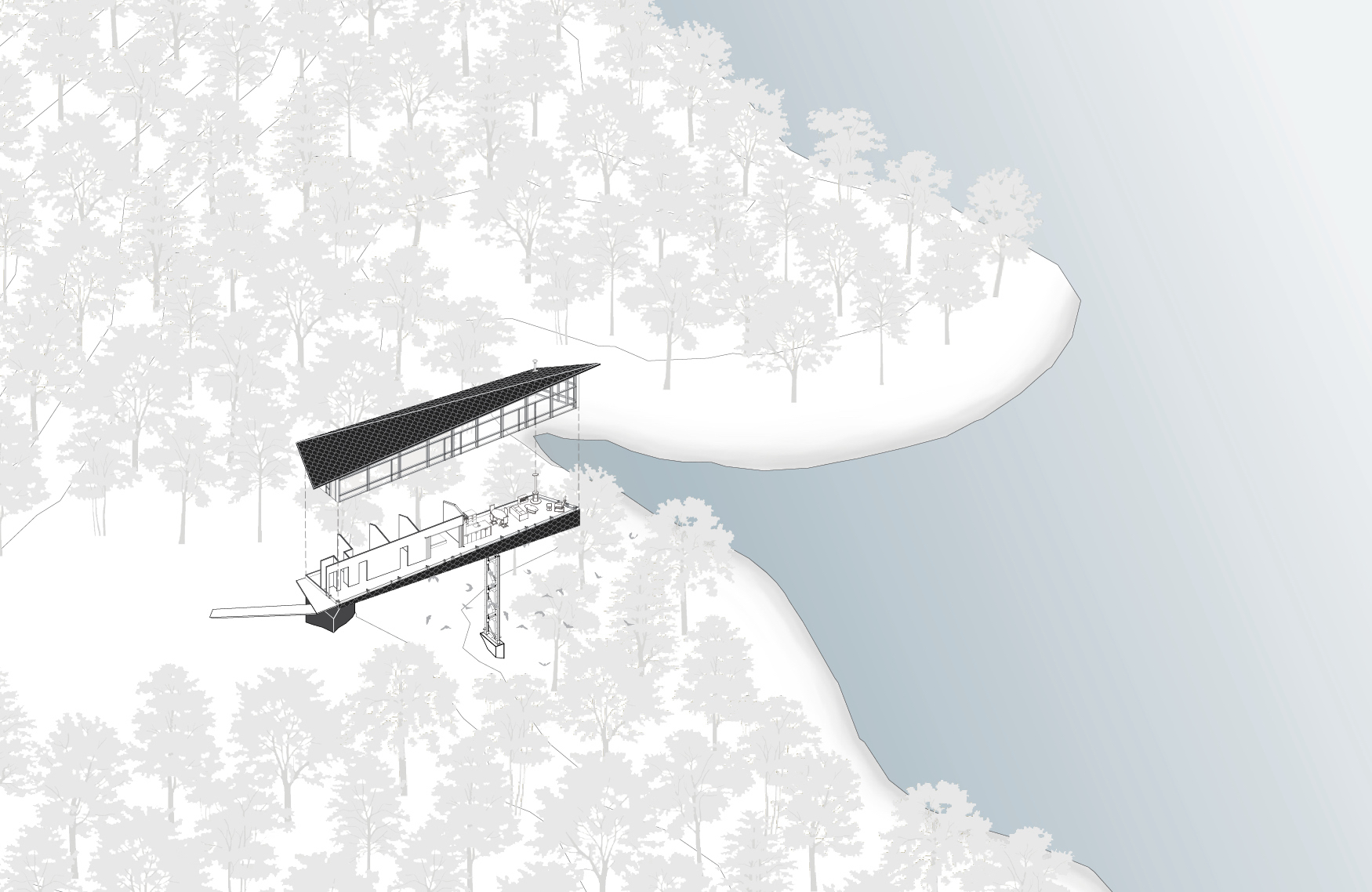
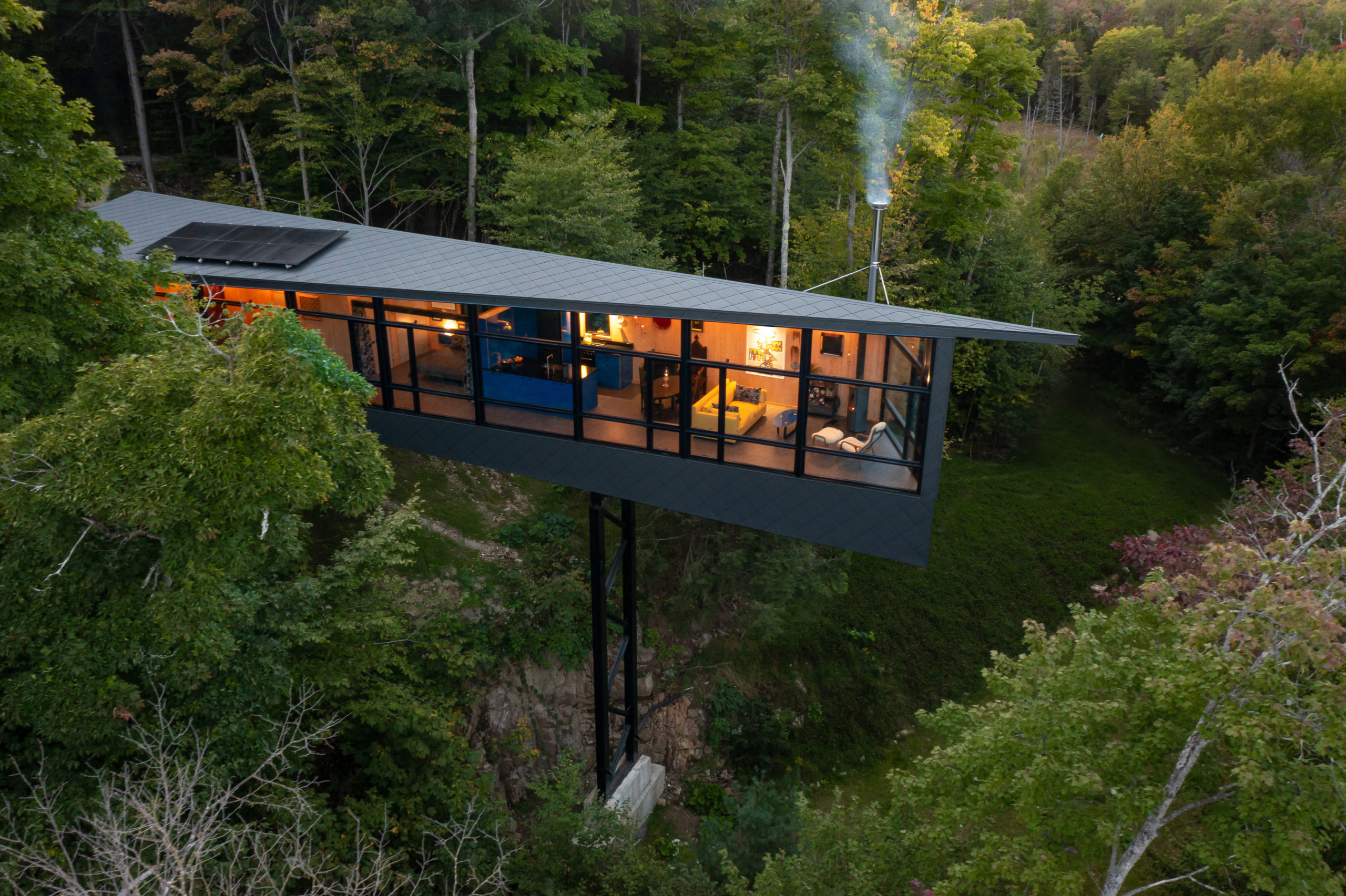
m.o.r.e. Cabin by Kariouk Architects, Wakefield, Canada | Photo by Scott Norsworthy
Just look at Ottawa-based Kariouk Architects’ portfolio which, while it involves landscape and museum installations, is dominated by striking residential new constructions, interior renovation and additions. Yet, principal Paul duBellet Kariouk writes that “It is a misconception that only wealthy clients with large budgets employ designers.” Indeed, the mainstay of my work is provided to intelligent, quality-minded clients…who are seeking to take limited means and to create added value for that budget than would be otherwise possible if instead they rushed into a construction endeavor without sufficient planning and preparation.”
Over twenty years, Kariouk has honed an environmentally-minded practice that balances “high-tech” and “low-tech” strategies for reducing the impact of his craft and producing more ethical and efficient designs. He states that “it is commonplace for me to design projects that are achieved in less space than my clients originally imagined, and in this way, their building costs, and the use of natural resources, are reduced.” In so doing, the resultant buildings represent truly unique approaches to residential design. Kariouk’s stand-out portfolio cinched a spot as a finalist in the Best Small Firm Category of the 10th Annual A+Awards.
Architizer strives to give architects — from big and small firms — a platform on which they can stand as industry leaders. Recognizing the diverse challenges and nuances of running a small studio, as well as the volume of studios with fewer than 5 employees in the industry (again, 60%!), Architizer is delighted to introduce a NEW Best Firm Category to the 11th Annual A+Awards: Best Extra Small Firm. This category recognizes the unique parameters that shape the work of firms employing five or fewer staff members. By giving more space to small firms, we aim to continue expanding the space allocated for architects from small firms so that the plurality of project types and niche design solutions that they produce can carry more weight in industry-wide conversations.
Firms employing 1-5 staff are invited to throw their hats in the ring :
Top image: DASH Home by Kariouk Architects, Wakefield, Canada | Photo by Photolux Studio/Christian Lalonde
